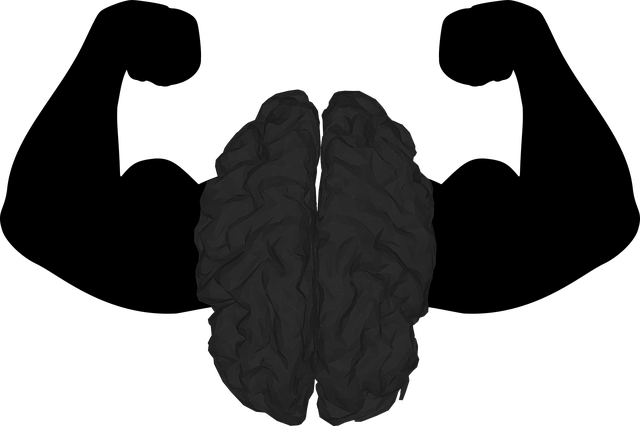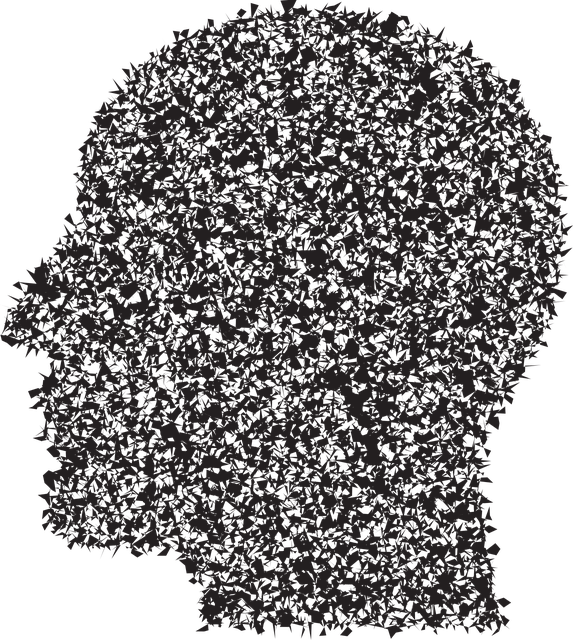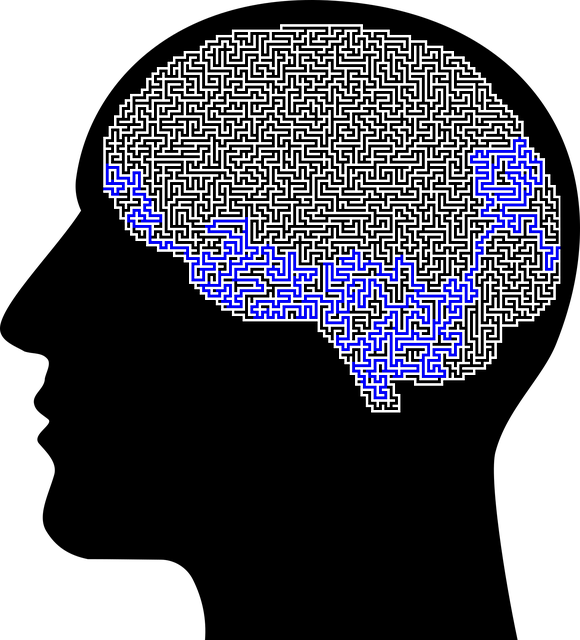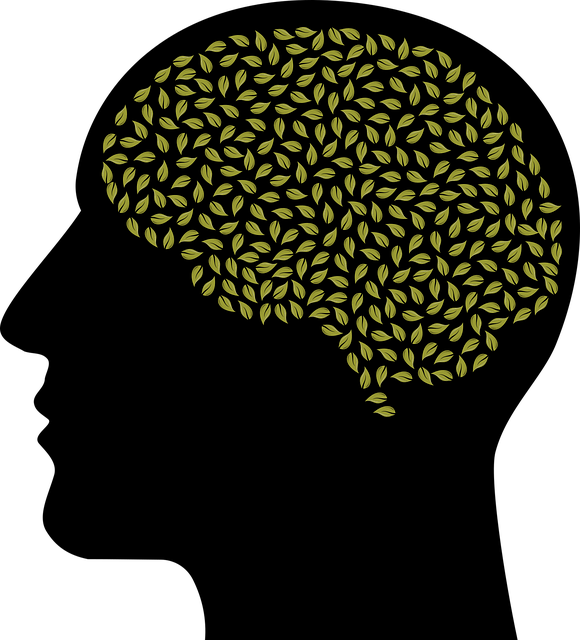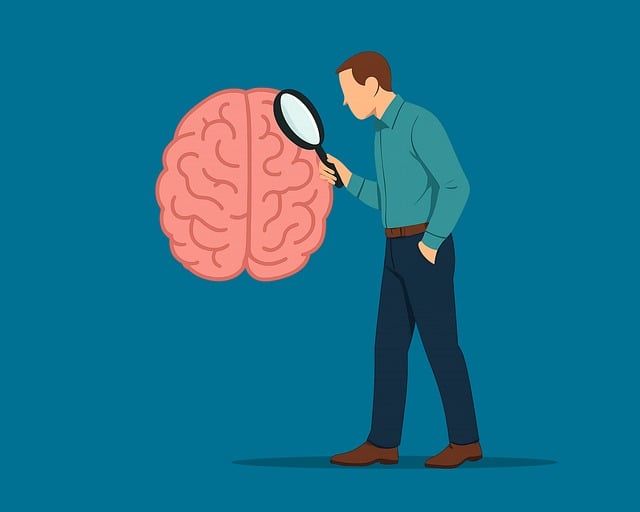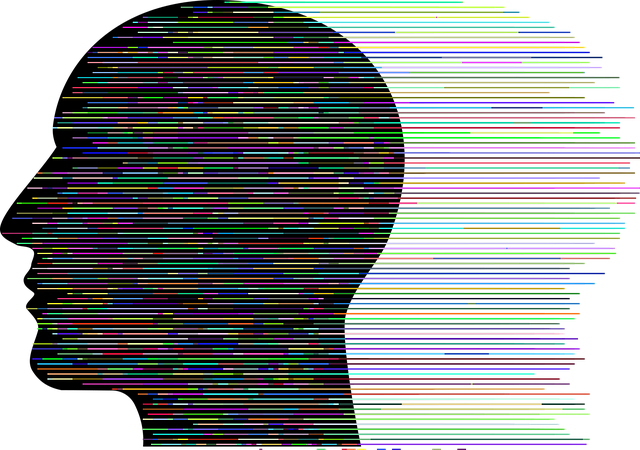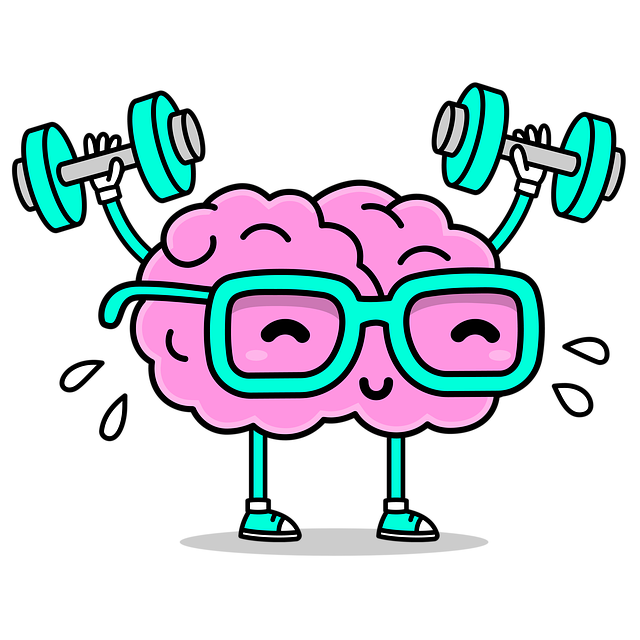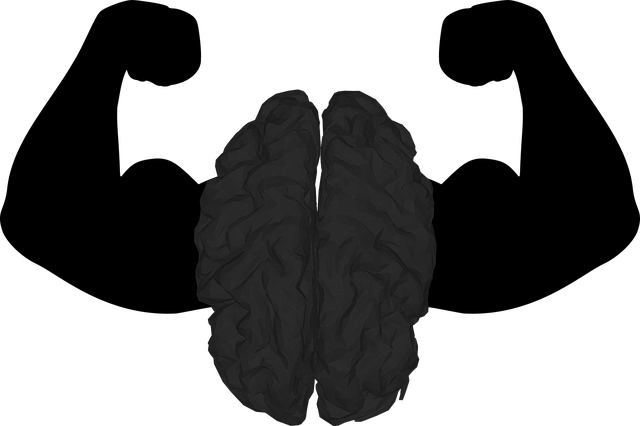Lone Tree Geriatrics Therapy employs a multifaceted evaluation process for mental wellness programs, combining qualitative interviews and focus groups with quantitative surveys and standardized tools. This approach ensures tailored interventions for older adults, focusing on areas like cognitive function, mood disorders, and resilience. By balancing depth (qualitative) with breadth (quantitative), Lone Tree Geriatrics Therapy can track program effectiveness, adapt services based on patient feedback, and ultimately improve mental health outcomes at both individual and societal levels.
Mental wellness program evaluations are crucial for gauging the effectiveness of initiatives aimed at improving seniors’ quality of life, particularly in settings like Lone Tree Geriatrics Therapy. This article provides a comprehensive guide to evaluation methods, from understanding the foundational aspects of mental wellness programs to exploring diverse assessment tools and strategies. We delve into qualitative versus quantitative approaches, emphasize the power of feedback loops for continuous improvement, and detail key metrics for measuring the success of mental wellness initiatives.
- Understanding Mental Wellness Programs: A Foundation for Evaluation
- Assessment Tools for Lone Tree Geriatrics Therapy
- Qualitative vs. Quantitative Methods: Which to Choose?
- Implementing Feedback Loops for Continuous Improvement
- Measuring Success: Evaluating the Impact of Mental Wellness Initiatives
Understanding Mental Wellness Programs: A Foundation for Evaluation

Mental wellness programs are designed to support individuals in maintaining or improving their psychological and emotional well-being. These programs often encompass a range of interventions such as individual therapy, group counseling, education sessions, and lifestyle modifications, tailored to address specific mental health concerns. Evaluating these programs is crucial to understanding their effectiveness and ensuring they meet the unique needs of diverse populations, including those served by Lone Tree Geriatrics Therapy.
A robust evaluation framework should consider both qualitative and quantitative methods. Qualitative assessments, such as interviews or focus groups, can provide valuable insights into participants’ experiences, perceptions, and changes in mental wellness over time. Quantitative measures, like surveys and standardized assessment tools, allow for data-driven analysis of program outcomes related to symptoms of anxiety, depression prevention, and self-care routine development for better mental health. Incorporating mindfulness meditation practices as part of the evaluation can offer a holistic view of participants’ progress, especially in programs aimed at stress reduction and improving overall mental wellness.
Assessment Tools for Lone Tree Geriatrics Therapy

Lone Tree Geriatrics Therapy employs a multifaceted approach to evaluate and enhance mental wellness, leveraging a suite of assessment tools tailored for geriatric care. These tools encompass structured interviews, standardized questionnaires, and observation techniques designed to capture the nuanced needs of older adults. By integrating measures of cognitive function, mood disorders, and resilience building, therapists gain comprehensive insights into each client’s emotional healing processes.
The evaluation process prioritizes not only identifying existing mental health challenges but also fostering positive thinking and promoting adaptive coping strategies. This holistic perspective ensures that interventions are aligned with the unique goals and experiences of every individual, be it improving mood, enhancing cognitive flexibility, or supporting overall resilience.
Qualitative vs. Quantitative Methods: Which to Choose?

When evaluating a mental wellness program, researchers often face a choice between qualitative and quantitative methods, each with its strengths and applications. Qualitative approaches, such as interviews and focus groups, are valuable for understanding participants’ experiences, perceptions, and emotional responses to therapy, like that offered by Lone Tree Geriatrics Therapy. This method captures nuanced insights, personal stories, and the complex interplay of social and cultural factors that can significantly influence mental health outcomes.
On the other hand, quantitative methods, including surveys and statistical analyses, excel at measuring trends, identifying correlations, and providing a broader view of program effectiveness. These techniques are essential for evaluating the impact of interventions like crisis intervention guidance and inner strength development on large populations. For instance, a Mental Health Policy Analysis and Advocacy study might employ quantitative data to advocate for policy changes based on robust statistical evidence. While qualitative methods offer depth, quantitative approaches provide the necessary breadth to inform strategic decisions in mental health management.
Implementing Feedback Loops for Continuous Improvement

Implementing effective feedback loops is a powerful strategy for Lone Tree Geriatrics Therapy to enhance its mental wellness programs and foster continuous improvement. By actively soliciting and integrating patient feedback, the therapy team can tailor services to meet individual needs. This process involves encouraging patients to express their experiences, preferences, and suggestions through various channels, such as satisfaction surveys or focus groups.
The gathered insights provide valuable information on program effectiveness, including aspects like the relevance of activities, therapist communication, and overall emotional well-being promotion techniques. For instance, Mindfulness Meditation sessions might be enhanced based on patient feedback, ensuring these practices remain engaging and beneficial. Additionally, identifying areas for improvement in burnout prevention strategies can lead to more robust support systems, ultimately improving the overall quality of care provided by Lone Tree Geriatrics Therapy.
Measuring Success: Evaluating the Impact of Mental Wellness Initiatives

Evaluating the success of mental wellness initiatives is a multifaceted process that goes beyond simply tracking participation rates. At Lone Tree Geriatrics Therapy, we understand that true success lies in measurable improvements in our clients’ overall well-being and quality of life. This involves assessing both individual outcomes and broader societal impacts.
One effective method is through pre-post assessments, comparing clients’ mental health scores before and after the program to gauge significant changes. Additionally, qualitative feedback from participants provides insights into their personal growth journeys, including enhanced positive thinking and improved social skills acquired through training. Public awareness campaigns development also plays a crucial role in identifying broader trends and societal shifts, demonstrating the collective impact of these initiatives on fostering healthier communities.
The evaluation of mental wellness programs, such as Lone Tree Geriatrics Therapy, is a multifaceted process that combines qualitative and quantitative methods. By understanding the foundation of these programs and utilizing appropriate assessment tools, we can effectively measure their impact. Integrating feedback loops ensures continuous improvement, allowing for tailored interventions that address the unique needs of individuals. Through this comprehensive approach, we can optimize the success of mental wellness initiatives, ultimately enhancing the quality of life for those seeking support.

